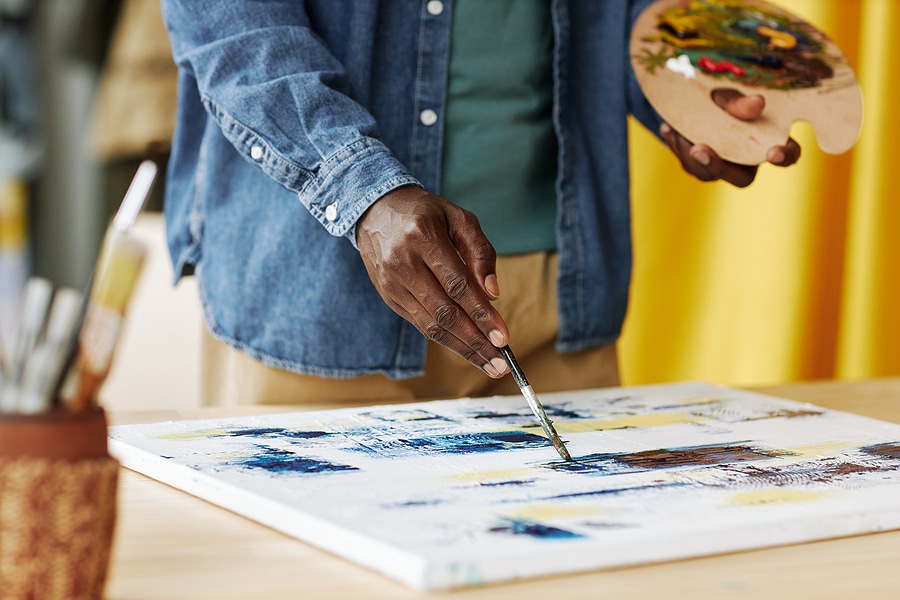London, alongside Paris, New York and a number of other capital cities, are the artistic and cultural centres of the world, with an incalculable amount of new talent nurtured and showcased with bespoke framing and unique ways to showcase their talent.
In the late 1980s up until the late 1990s, London rose to be the cultural centre of the world, through the rise of a second British Invasion of music spearheaded by artists like Oasis and The Spice Girls, films such as trainspotting and movements such as the Young British Artists, collectively known as Cool Britannia.
Whilst the musical and cinematic artefacts of Cool Britannia are more well known, the story of the Young British Artists is one of fascinating and daring works, a defiant adoration of inspiration and concept over technique, and their openness when it comes to materials, often to the point of shock.
Birth And Rise
The start of the YBA movement came in the late 1980s with the Fine Arts graduates of Goldsmiths College in London, who made up the bulk of what would become the movement.
Of particular note was Class of 1989 graduate Damien Hirst, who was the primary organiser of the first major exhibit of YBA works back when the majority of the artists involved were still students.
The Freeze Exhibition in July 1988 was not the first YBA exhibition, with a smaller display by the late Angus Fairhurst serving as a precursor, but it was the first to highlight the ethos and manner of working that would define the movement as it progressed.
This got the attention of art collector Charles Saatchi, who was one of the YBA’s biggest and most notable cheerleaders, and either coined or popularised the term Young British Artists with a series of shows that featured one of the most noted works in the history of the movement.
Damien Hirst’s The Physical Impossibility of Death in the Mind of Someone Living, often known simply as Shark, was the centrepiece of Mr Saatchi’s Young British Artists exhibitions and the formaldehyde-preserved shark epitomised all that the YBA artists set out to do.
From Renegade To Establishment
Throughout the 1990s the YBAs became increasingly commercially successful, and as a result, their notoriety grew throughout the rest of the decade, as well as both controversy and amalgamation into an art establishment that they seemed to stand against.
Arguably the peak of both of these elements was Sensation, a 1997 exhibition of selected works from Mr Saatchi’s private collection, including not only the Shark but also Myra, a recreation of the infamous Moors murderer’s mugshot produced using the casts from an infant’s hand.
It also included Everyone I Have Ever Slept With, an installation by Tracey Emin of a tent with the names of exactly what the title suggests, which served as a precursor to the most infamous and discussed piece anyone from the YBA would ever make: the Turner Prize-winning My Bed.
Ultimately, the new Millenium would see the movement fade even if many of its biggest artists are still very successful, and the era of the Young British Artists is still discussed as a movement where it seemed like anything was possible.
